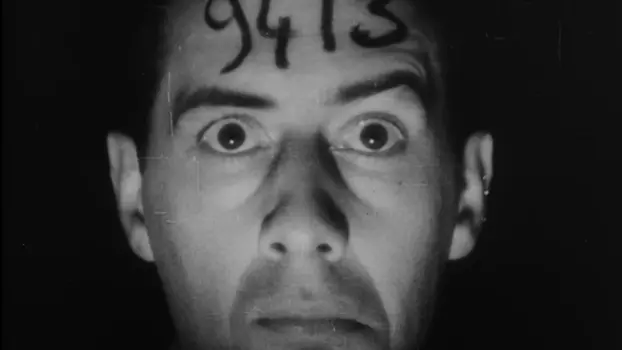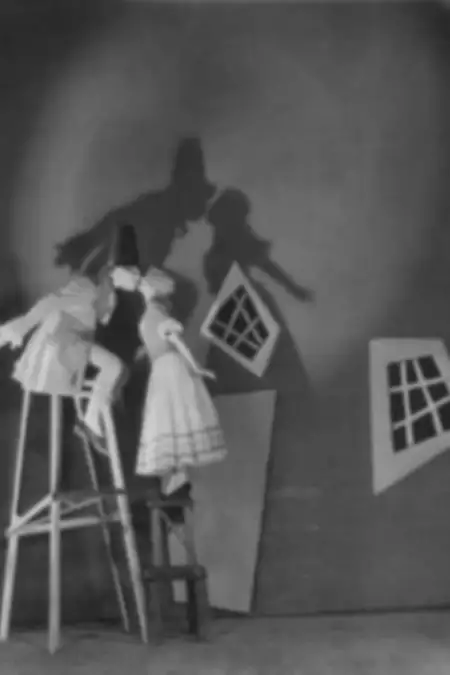The Life and Death of 9413, A Hollywood Extra (1928)
June 16, 1928Release Date
The Life and Death of 9413, A Hollywood Extra (1928)
June 16, 1928Release Date
Plot.
Where to Watch.
Cast & Crew.
Media.

Details.
This Movie Is About.
Wiki.
The Life and Death of 9413: a Hollywood Extra is a 1928 American silent experimental short film co-written and co-directed by Robert Florey and Slavko Vorkapić. Considered a landmark of American avant-garde cinema, it tells the story of a man (played by Jules Raucourt) who comes to Hollywood with dreams of becoming a star; he fails and becomes dehumanized, with studio executives reducing him to the role of an extra and writing the number "9413" on his forehead.
The film has abrupt cuts, rapid camera movement, extensive superimposition, dim lighting, and twisted shapes and forms at disorienting angles. Filmed on a budget of only $97 ($1,776 in today's dollars), it includes a combination of close-ups of live actors and long shots of miniature sets constructed from cardboard, paper cubes, tin cans, cigar boxes, and toy trains. With no access to Hollywood studios or equipment, most of the film was made in the filmmakers' homes (their walls painted black to provide a background).
The story was inspired by Florey's own experiences in Hollywood and George Gershwin's Rhapsody in Blue. It was one of the first films shot by Gregg Toland, who was later acclaimed for his work on such films as The Grapes of Wrath (1939) and Citizen Kane (1941). The film is a satire of Hollywood's social conditions, practices and ideologies, and the film industry's alleged mistreatment of actors. Douglas Fairbanks assisted with its development, and Charlie Chaplin and Joseph M. Schenck helped to promote it.
Unlike most experimental films, it received a wide release by FBO Pictures Corporation in more than 700 theaters in North America and Europe. The film has been well received by contemporary and present-day critics; according to film historian Brian Taves, "More than any other American film, it initiated the avant-garde in this country". In 1997, it was selected for preservation by the National Film Registry. Florey co-wrote and directed Hollywood Boulevard (1936), a lighter version of the film.
You May Also Like.

Red (2020)

Ghostbusters II (1989)

Thunderball (1965)

Clerks (1994)

Batman: The Dark Knight Returns (2013)

The Human Condition III: A Soldier's Prayer (1961)

Kamiusagi Rope x Boruto: Naruto Next Generations (2017)

Fantozzi The Return (1996)

John (2018)

Kuka (2007)

Paradise Lost 3: Purgatory (2012)

Matrix (1973)

Matrix (1973)

Nixon Newell: First Female of Fight Club (2017)

Bill Engvall: Here's Your Sign (2004)

The Love of Zero (1928)

Pursuit of Happiness (1940)

Day in the Life of Gestapo Officer Schmidt (1964)








